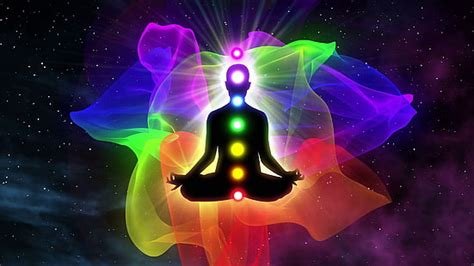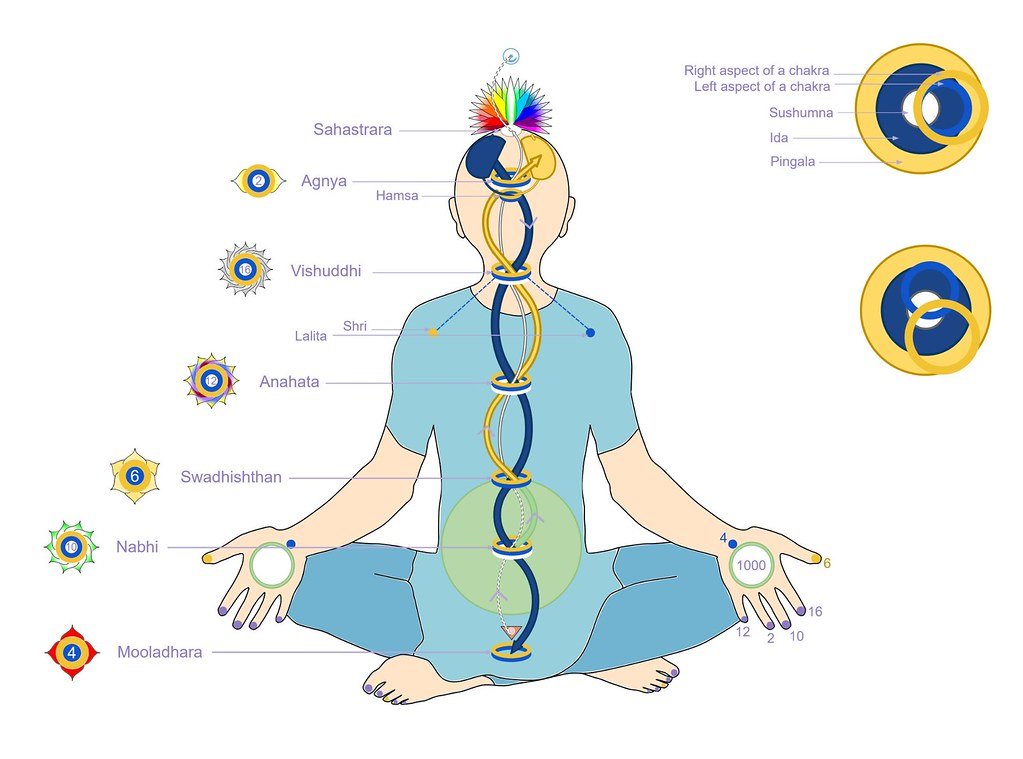What exactly are chakras?
Most people have heard the concept of an energy network that travels across our bodies; there are certain points where these energies accumulate, creating a powerful chain that could help us stay healthy and balanced: the chakras.
If you’re like us, you probably believe in energy. Not so much because you're convinced that there’s something beyond the material world, but because you’ve actually felt energy shifts in you or others. Guess what? You’re not alone. For thousands of years, people have believed in esoteric traditions that originated in Hinduism, a religion known for sharing this concept through Tantra, a practice that seeks to accumulate and move energy through our bodies.
The best way to maximize your energy is by keeping the seven main chakras (the word roughly translates to “wheel”) open and spinning, moving energy across your spine and through the nervous system, fueling the organs. Located from the crown of your head to the root of your spine, this energetic pathway is fed through meditations, breathing exercises, visualizations, and mantra chanting.
As Hinduism spread through the Western countries, a new chakra system evolved based on Sir John Woodroffe’s study of Kundalini, as well as Charles W. Leadbeater contribution of the seven rainbow color chakra map, divided into:
Sahasrara
Location: Crown
Color: Violet
Importance: It’s our highest spiritual connection, where consciousness exists. When properly activated (through moving energy up and down the spine) it brings us to a state of meditative bliss and connection with the cosmos, also known as samadhi.
Ajna
Location: Third Eye
Color: Indigo
Importance: This energy center is located between your eyebrows, a location known to channel prana and allow us to have clear vision and a deeper understanding of our lives. This is the seat of intuition.
Vishuddha
Location: Throat
Color: Blue
Importance: Positioned in your larynx, where the thyroid gland is located, this chakra helps us speak our truth to find balance in life. Thus, it’s associated with our creative expression and singing or humming are the best ways to stimulate Vishuddha.
Anahata
Location: Heart
Color: Green
Importance: This is the center for exploring compassion and love. Balance and calm emanate from this chakra once we explore pranayama breathing techniques that lead to an extended appreciation for life, empathy for others, and acceptance towards ourselves.
Manipura
Location: Navel
Color: Yellow
Importance: Whenever we feel angry or bothered, our stomach starts burning. That’s because this is where the fire energy, the passion, lives. Learning to control our emotions through deep breathing can help us direct that power—after all, fire has the power to keep us warm (or to devastate everything around us).
Svadishthana
Location: Root
Color: Orange
Importance: Our unconscious desires are concentrated here, where our sexual organs are located. It’s known to be the seat of creation, the source of life—not just in the physical sense but also in what relates to giving and receiving energy to and from others.
Muladhara
Location: Base of Spine
Color: Red
Importance: Hindus and Buddhists believe that we’re all born with dormant energy that rests in our pelvic floor: Kundalini. Muladhara is the seat of power, and through body movements, breath, and mindfulness, we manage to awaken and move it across the spine, nurturing each of the other chakras to find the ultimate cosmic balance.



